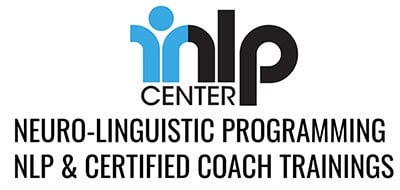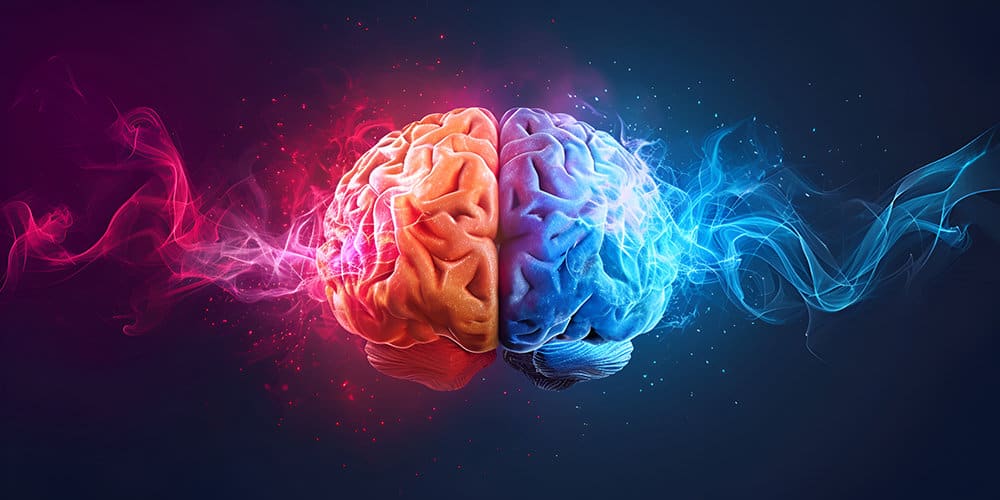The relationship between hypnosis and NLP is intricate and multifaceted. While both share a focus on harnessing the power of the mind for personal transformation, they represent distinct approaches with unique characteristics and applications.
In this post, we’ll explain the similarities, differences, and how the two disciplines can complement each other
Let’s dive in.
Both Focus on Language and the Unconscious
Both NLP (Neuro Linguistic Programming) and hypnosis acknowledge the central role of language in shaping our thoughts, emotions, and behaviors.
They utilize techniques like metaphor, suggestion, and anchoring to influence the unconscious mind, the vast reservoir of experiences, thoughts, and emotions that operate outside our conscious awareness.
This shared focus stems from the belief that unconscious patterns can significantly impact our well-being. They hold the key to unlocking personal growth and positive change.
Different Theoretical Foundations and Techniques
Despite their shared focus on language and the unconscious, NLP and hypnosis diverge in their theoretical underpinnings and practical approaches.
NLP draws upon diverse disciplines such as linguistics, psychology, and computer modeling, creating a comprehensive framework for understanding human communication and its impact on behavior.
Related: NLP: What’s Neuro-Linguistic Programming and Why You Should Learn It
Hypnosis has a richer historical background with diverse theoretical explanations depending on the specific school of thought. These explanations can range from creating a state of heightened suggestibility to emphasizing altered states of consciousness.
NLP employs a broader range of techniques compared to hypnosis. While both utilize suggestion and metaphor, NLP incorporates additional tools like reframing, visualization, and matching & mirroring to facilitate change. Hypnosis typically focuses on inducing a state of deep relaxation or heightened suggestibility to deliver specific suggestions for therapeutic purposes.
Applications: When to Use NLP vs Hypnosis
NLP is often used for personal development goals such as improving communication skills, enhancing self-confidence, or achieving personal mastery. It finds its applications in coaching, leadership training, and even sales.
In contrast, hypnosis is primarily used in therapeutic settings to address specific challenges like phobias, anxiety, pain management, or habit modification. However, some practitioners also utilize hypnosis for performance enhancement or behavior modification outside of clinical contexts.
Can NLP and Hypnosis Work Together?
Despite their distinctions, NLP and hypnosis can be seen as complementary approaches with the potential to enhance each other.
Some argue that NLP techniques can serve as a valuable tool for understanding and amplifying the effectiveness of hypnosis. By analyzing communication patterns and understanding how language impacts the unconscious mind, NLP practitioners can inform the way they deliver hypnotic suggestions, potentially leading to more targeted and impactful interventions.
Conversely, some NLP practitioners might strategically integrate specific hypnotic techniques, like brief inductions or metaphors, within their broader NLP toolkit. This integration can be particularly useful when aiming to address deeply ingrained patterns or emotional responses that might benefit from the focused suggestibility facilitated by hypnosis.
Understanding the interconnectedness of NLP and Hypnosis can offer valuable insights for practitioners and individuals seeking personal growth and positive change.
Case Study: Transforming Public Speaking Anxiety with NLP and Hypnosis
The Client
Sarah, a 32-year-old marketing professional, struggles with anxiety whenever she has to present in front of colleagues or clients. This fear manifests as physical symptoms like rapid heartbeat, sweaty palms, and a shaky voice, hindering her ability to communicate effectively and impacting her career progress.
Initial Assessment
Through an initial consultation, the practitioner learned about the origin and nature of Sarah’s anxiety. Sarah discovered the fear stemmed from a negative experience during a college presentation, leading to a belief that she is “not good at public speaking.”
Intervention
The practitioner employed a combined approach utilizing NLP and hypnosis techniques:
NLP Techniques
- Reframing: The practitioner helped Sarah reframe her perception of public speaking from a threat to an opportunity. They explored the positive aspects, like connecting with the audience and sharing her expertise.
- Anchoring: Sarah identified a positive emotional state associated with feeling confident and calm (e.g., a childhood memory). The practitioner then paired specific physical actions (e.g., hand gesture) with the memory to create an “anchor” that Sarah could use to access that state during presentations.
- Metaphors: The practitioner used metaphors to reframe limiting beliefs. For example, comparing the audience to a friendly group rather than a judging panel.
Hypnosis Techniques
- Progressive Muscle Relaxation: Sarah was guided through a technique to induce deep relaxation, fostering a sense of calmness and reducing physical symptoms of anxiety.
- Visualization: In a state of relaxation, Sarah visualized herself delivering a successful presentation with confidence and clarity. This positive visualization helped to create a mental rehearsal of a desired outcome.
- Positive Suggestions: While in the relaxed state, the practitioner offered positive suggestions reinforcing Sarah’s belief in her ability to speak publicly with confidence and effectiveness.
Outcomes
After a series of sessions, Sarah reported a significant reduction in her anxiety during presentations. She felt more confident and in control, allowing her to focus on her message and connect with the audience. Her ability to deliver clear and impactful presentations positively impacted her career prospects.
Conclusion
This case study demonstrates the potential benefits of combining NLP and hypnosis in addressing specific challenges. It is important to acknowledge that this is just one example, and the effectiveness of these techniques may vary depending on the individual and the specific issue being addressed.
Want to Learn NLP & Hypnosis?
Become a Certified Hypnosis & NLP Practitioner. Learn over 50 NLP techniques and models as well as the fundamentals of hypnosis, including hypnotic language, suggestibility, and various techniques for inducing hypnosis and deepening the state.



